 The elderly population represents an estimated 42 million people, nearly 13.3% of the population. That population receives more than 50% of all prescription medications. Most who engage in the healthcare system take 6-8 medications, not to mention the over the counter drugs and herbal supplements. It’s been reported that the elderly population is responsible for 40% of sales of over the counter drugs and supplements. Is it any wonder then that providers must be aware of adverse drug events?
The elderly population represents an estimated 42 million people, nearly 13.3% of the population. That population receives more than 50% of all prescription medications. Most who engage in the healthcare system take 6-8 medications, not to mention the over the counter drugs and herbal supplements. It’s been reported that the elderly population is responsible for 40% of sales of over the counter drugs and supplements. Is it any wonder then that providers must be aware of adverse drug events?
Predicting and preventing adverse drug events should be every provider’s priority. The day-to-day challenge of keeping up with the schedule is often enough to sideline this concern. The negative outcome to non-compliance for monitoring medications include:
- Adverse drug events
- Poor Adherence
- Geriatric “Syndromes”
- Urinary Incontinence
- Cognitive Impairment
- Loss of balance leading to falls/fractures
An adverse drug event is described as any unintended and undesired effect of a medication at a normal dose. These unintended and undesired effects can be sorted into five primary categories:
- Adverse drug reaction
- Medication error
- Therapeutic failure
- Adverse drug withdrawal event
- Overdose
The risk of an adverse drug event is 15% with two medication, increases to 58% with 5 medications and 82% with greater than 7 medication. Additional medications lead to greater incidence of drug interactions. That’s why perpetual assessment for each drug is required to limit inappropriate polypharmacy. It’s important to remember that the right drug for the right circumstance for the right disease equals highly individualized care.
Commonly used tools to help provide guidance to providers include the
- Beers Criteria – First published by Dr Mark Beers in 1991 and endorsed by the American Geriatrics Society, the Beers Criteria classifies medications into three categories:
- Drugs that should be avoided or dose-adjusted
- Drugs that are potentially inappropriate in patients with certain conditions or syndromes
- Drugs that should be prescribed with caution in older adults.
- STOPP Criteria – Screening Tool of Older Person’s Prescriptions consists of an evidence-based set of guidelines that help determine when the risks of a medication may outweigh the benefits in a given patient.
- START Criteria – Screening Tool to Alert doctors to the Right Treatment is often used in conjunction with the STOPP criteria by helping providers recognize potential prescribing omissions and identify when a medication regimen should be implemented based on a patient’s history.
Whichever tool is used, some pearls of wisdom for helping to decrease the number of medications (polypharmacy) include:
- Start low and go slow
- Don’t set it and forget it (PK)
- Don’t leave home with it
- Ask about herbs, roots, nuts, berries
- Trust but verify
- Avoid narrow therapeutic index meds
- Review medication lists regularly
- Avoid too many changes at one time
- Begin with the end in mind
- Utilize Beers or START/STOPP criteria for regular assessment.
Managing medications in the elderly population is difficult, especially in dealing with high comorbidities that require multiple medications. It is important to be aware of possible drug interactions. Regular use of the Beers, STOPP/START criteria will help to minimize any negative outcome.
References:
https://www.acponline.org/system/files/documents/about_acp/chapters/ga/13-bland.pdf
Barclay, K., Frasseto, A., Robb, J., Mandel, E., (February, 2018) Polypharmacy in the Elderly. Clinician Reviews 38-44



No comments yet.